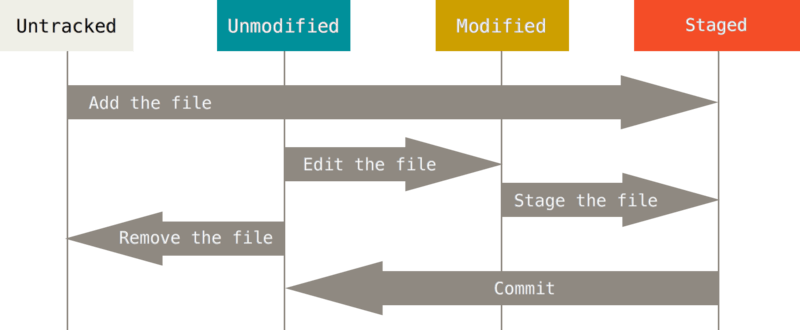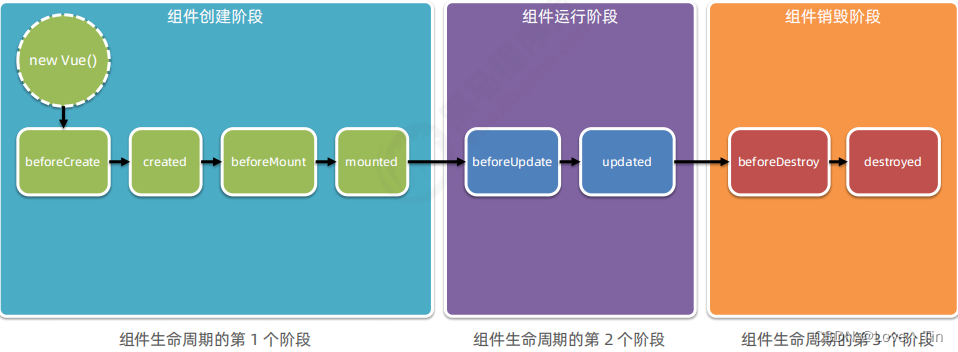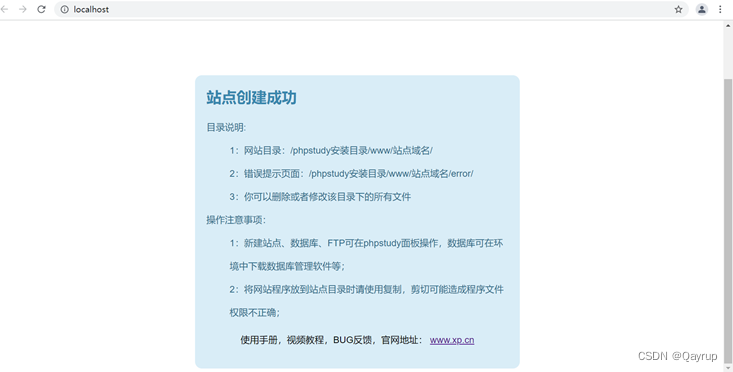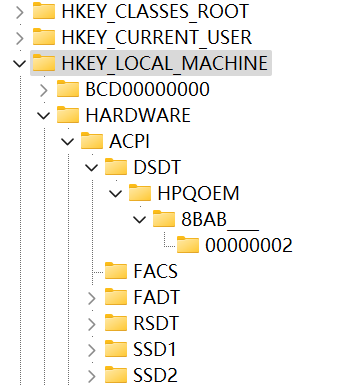基于语音识别技术的机器人手臂控制智能化尝试

介绍:
在电影《钢铁侠》中,我们看到托尼·斯塔克在建造设备时与人工智能贾维斯交流。托尼向贾维斯描述了他需要的零件,贾维斯控制机械臂协助托尼完成任务。随着当今技术的发展,这种实现只是时间问题。因此,我决定尝试自己实现这个功能,用语音控制来操作机械臂,实现人工智能的简单应用。
我全权负责连接和控制机械臂和语音开发板,通过特定命令触发机械臂的运动。这是一个具有挑战性的项目,因为语音控制技术涉及多个方面,如语音识别、信号处理和机器人控制,需要我学习和理解相关知识。通过这篇文章,我希望分享我的项目实施过程、成就和经验教训,以激励和帮助在机器人和语音控制领域工作的同学。
为了实施这个项目,我首先需要解决两个主要问题:如何处理语音信号以及如何控制机械臂。
处理语音信号:
处理语音信号的步骤:
● 硬件选择:选择合适的开发板(Arduino、树莓派等)。
● 麦克风信号处理:选择合适的麦克风进行采集,通过模数转换器将采集到的语音信号转换为数字信号。
● 信号处理:采集到的信号通过降噪、滤波等方式进行处理。提取有用的特征,并使用语音识别算法处理特征信号,以将数字信号输出到计算机。
控制机械臂:
● 使用简单易操作的机械臂。
以上是解决两个主要问题的方法。然而,经过研究,开发可以处理语音信号的开发板需要大量的工作!幸运的是,现在市场上有集成语音开发板,我们可以直接购买一个来使用。
HLK-V20 语音开发板
HLK-V20 开发板是一个具有两个 IO 接口的复杂板 - 一个用于语音输出,另一个用于语音输入。它可以通过串行端口连接到计算机。

MyCobot 280 M5Stack 2023 机械臂
对于机械臂,我选择了流行的桌面机械臂,myCobot 280 M5Stack 2023,由大象机器人公司开发。该机械臂最近进行了重大的软件更新,实现了20ms的串行通信速度,并提供与Python和C++等流行编程语言兼容的丰富接口。我选择这个机械臂有几个原因,包括它紧凑的尺寸、丰富的 Python API 接口(我擅长编程)以及易于安装和使用。

编程语言: Python 3.7+
平台: windows11
使用的Python库:serial,pymycobot,time。
项目的发展
在项目的开发中,涉及四个主要步骤:
● 语音输入
● 开发板检索语音信息并传输到PC
● PC处理接收到的信息
● 向机械臂发送运动控制命令以进行运动

为了观察开发板如何传输数据以及返回的数据类型,使用Python中的串行库来操作串行端口。该库具有从串行端口打开、关闭、读取和写入数据的方法。
'''
For instance, the serial.Serial() method is used to open the serial port and connect it to the PC, while the serial.read() method reads the data transmitted from the serial port.
'''
import serial
s = serial.Serial("COM9",115200)
r = s.read()
while True:
print(r)复制
这是从 read() 获取的数据。

通过分析从开发板传输的数据,开发板的唤醒词被识别为“wakeup_uni”,而关键字“uArTcp”表示下一个命令的开始。
发现接收到的数据连接在一起,每次输入命令时,都会与前一个命令连接在一起。

发现接收到的数据连接在一起,每次输入命令时,都会与前一个命令连接在一起。为了检查开发板是否已收到语音输入,使用了 if a in b: 语句,并预先准备了输入命令及其相应的关键字。例如,唤醒词设置为“wakeup_uni”,并设置了 4 个提示词以进行测试。
#set prompt word
hi_mycobot = b'openled'
dancing = b'zengjialiangdu'
nod_head = b'jianxiaoliangdu'
go_back = b'closeled'
# run frame
while True:
r += s.read()
if wake_up in r:
print("wake")
wake = True
r = b''
if wake and hi_mycobot in r:
print("Hi myCobot")
r = b''
if wake and dancing in r:
print("dancing")
r = b''
if wake and nod_head in r:
print('nod your head')
r = b''
if wake and go_back in r:
print('Go back')
r = b''
if wake and _exit in r:
print("exit")
r = b''
# print(r)s复制
这是测试结果

pymycobot库是由Elephant Robotics开发的机械臂API调用接口库。具体的使用方法在Gitbook(由Elephant Robotics提供)上。
# import library
from pymycobot import Mycobot
import time
# Create an instance object for later use
mc = Mycobot('COM9',115200)
#Control the mechanical arm to move at a speed of 70 according to the angle in the list,send_angles([angles],speed)
mc.send_angles([0.87,(-50.44),47.28,0.35,(-0.43),(-0.26)],70)
# Execute the next command after a delay of x seconds (the movement of the robotic arm takes time)
time.sleep(x)复制
接下来,将代码的两个部分组合在一起。
import serial
from pymycobot import MyCobot
import time
s = serial.Serial("COM6",115200)
mc = MyCobot('COM3',115200)
r = b''
wake_up = b'wakeup_uni'
_exit = b'exitUni'
hi_mycobot = b'openled'
dancing = b'zengjialiangdu'
nod_head = b'jianxiaoliangdu'
go_back = b'closeled'
wake = False
while True:
r += s.read()
if wake_up in r:
print("wake")
wake = True
r = b''
if wake and hi_mycobot in r:
print("Hi myCobot")
# say hi shake with you
mc.send_angles([0.87,(-50.44),47.28,0.35,(-0.43),(-0.26)],70)
time.sleep(1)
for count in range(3):
mc.send_angle(1,30,80)
time.sleep(1)
mc.send_angle(1,(-30),80)
time.sleep(1)
mc.send_angles([0,0,0,0,0,0],70)
r = b''
if wake and dancing in r:
print("dancing")
mc.send_angles([0,0,0,0,0,0],80)
time.sleep(1)
for count in range(2):
mc.send_angles([(-0.17),(-94.3),118.91,(-39.9),59.32,(-0.52)],80)
time.sleep(1.2)
mc.send_angles([67.85,(-3.42),(-116.98),106.52,23.11,(-0.52)],80)
time.sleep(1.7)
mc.send_angles([(-38.14),(-115.04),116.63,69.69,3.25,(-11.6)],80)
time.sleep(1.7)
mc.send_angles([2.72,(-26.19),140.27,(-110.74),(-6.15),(-11.25)],80)
time.sleep(1)
mc.send_angles([0,0,0,0,0,0],80)
r = b''
if wake and nod_head in r:
print('nod your head')
mc.send_angles([0,0,0,0,0,0],70)
time.sleep(1)
mc.send_angles([3.07,(-86.3),75.32,11.86,2.72,(-0.35)],70)
time.sleep(0.5)
for count in range(4):
mc.send_angle(4,13,70)
time.sleep(0.5)
mc.send_angle(4,(-60),70)
time.sleep(1)
mc.send_angle(4,13,70)
time.sleep(0.5)
mc.send_angles([0,0,0,0,0,0],70)
r = b''
if wake and go_back in r:
print('Go back')
mc.send_angles([12.83,(-138.95),156.09,(-12.3),(-12.91),35.41],70)
r = b''
if wake and _exit in r:
print("exit")
r = b''三. 经验和教训
在完成这个项目的过程中,我收获了很多宝贵的经验和见解。首先,我意识到一个项目的完成不仅取决于对技术的掌握,还需要事先的研究和理解。当我在研究语音识别开发板的制作时,我发现工作量非常大,实现起来会非常困难。但是,市场上已经有许多成熟的技术和工具。我们只需要选择合理的组合和整合。其次,项目的圆满完成需要明确的框架和充分的准备。在这个项目中,我需要了解语音识别算法、机械臂设计和控制技术,掌握硬件设备和软件开发工具的使用方法和性能特点。
在这个项目中,我成功地将语音识别技术与机械臂控制技术相结合,实现了机械臂的语音控制。虽然这个项目的规模相对较小,但它代表了人工智能技术在现实生活中的应用和发展趋势。虽然这只是一个人工智能项目的原型,但它的完成对我来说是一次宝贵的经验。在以后的研究中,我将继续探索更多相关信息,以进一步完善这个项目。如果您有任何好的想法,请在下面发表评论。
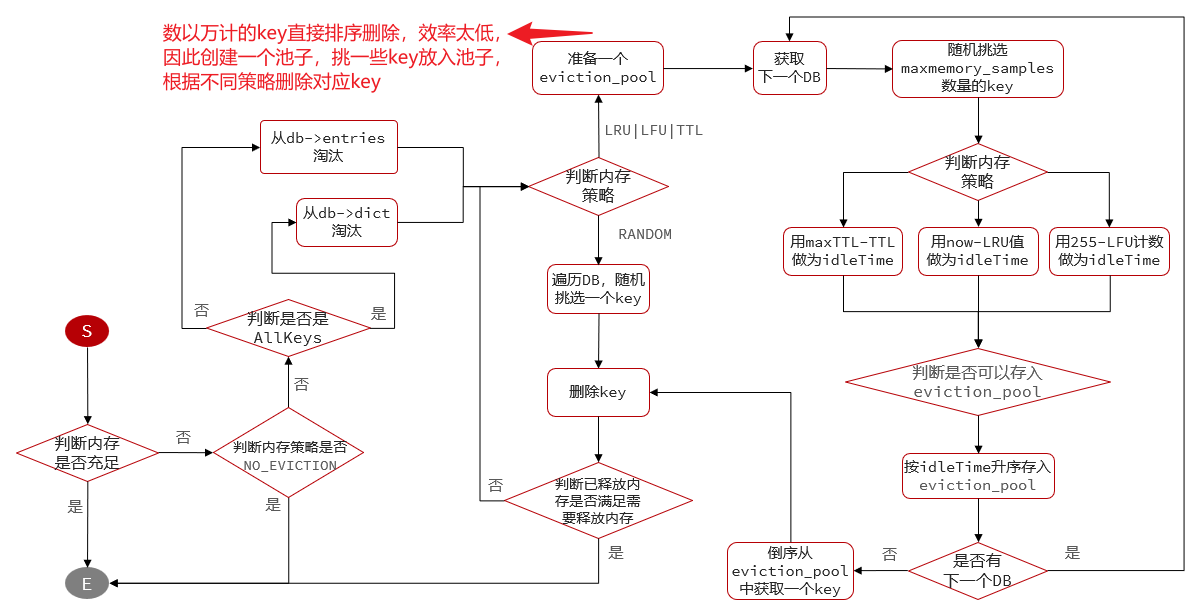
![[PyTorch][chapter 44][时间序列表示方法2]](https://img-blog.csdnimg.cn/fb00d9387f6444968d0afbe5d189f85e.png)
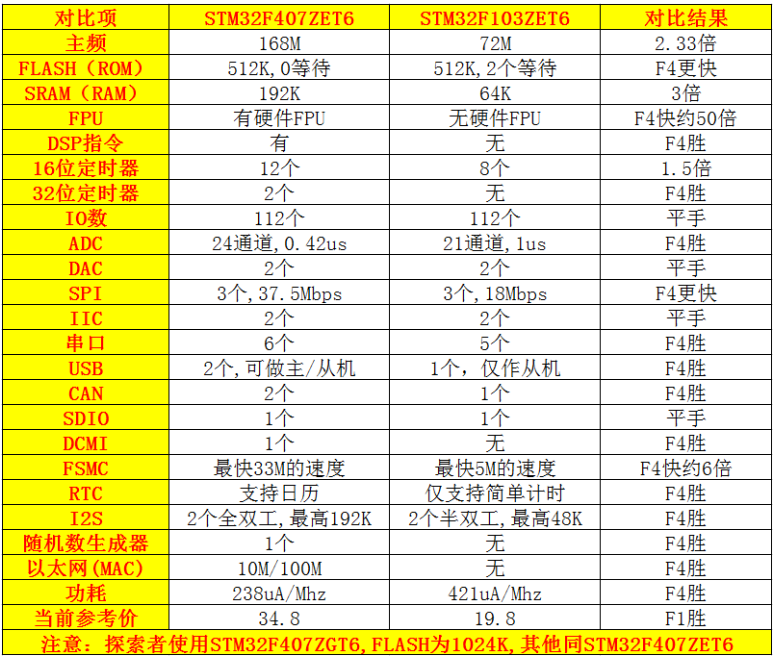

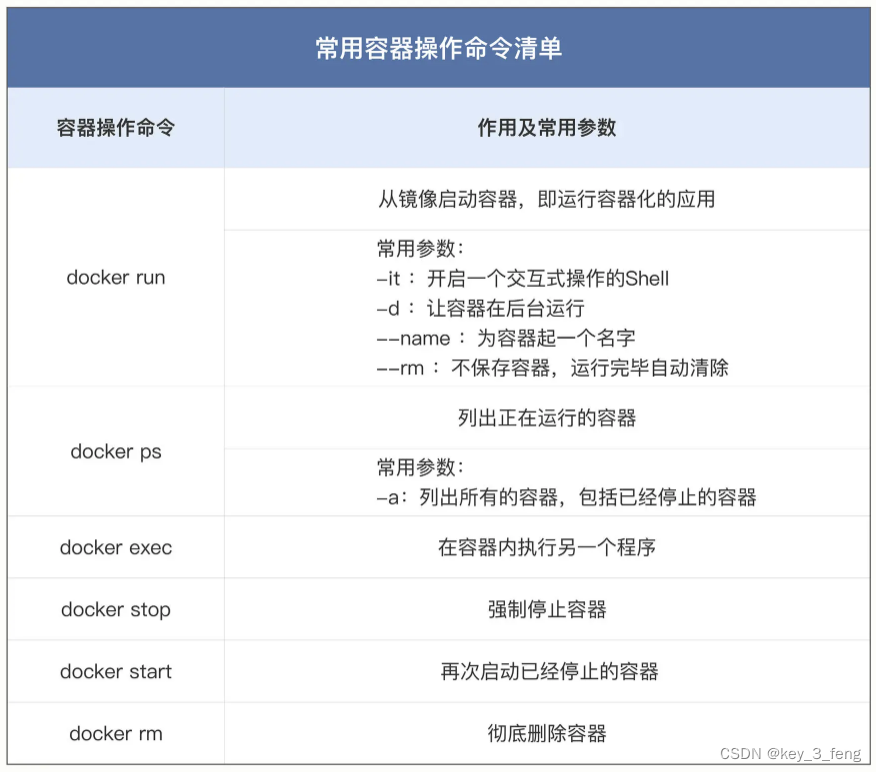
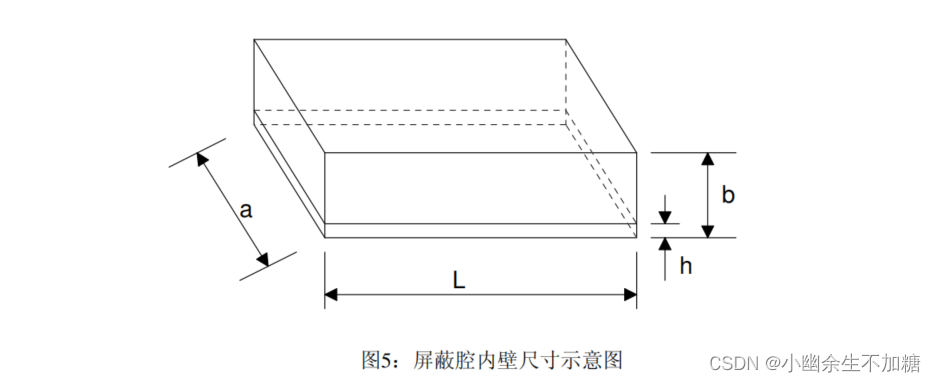

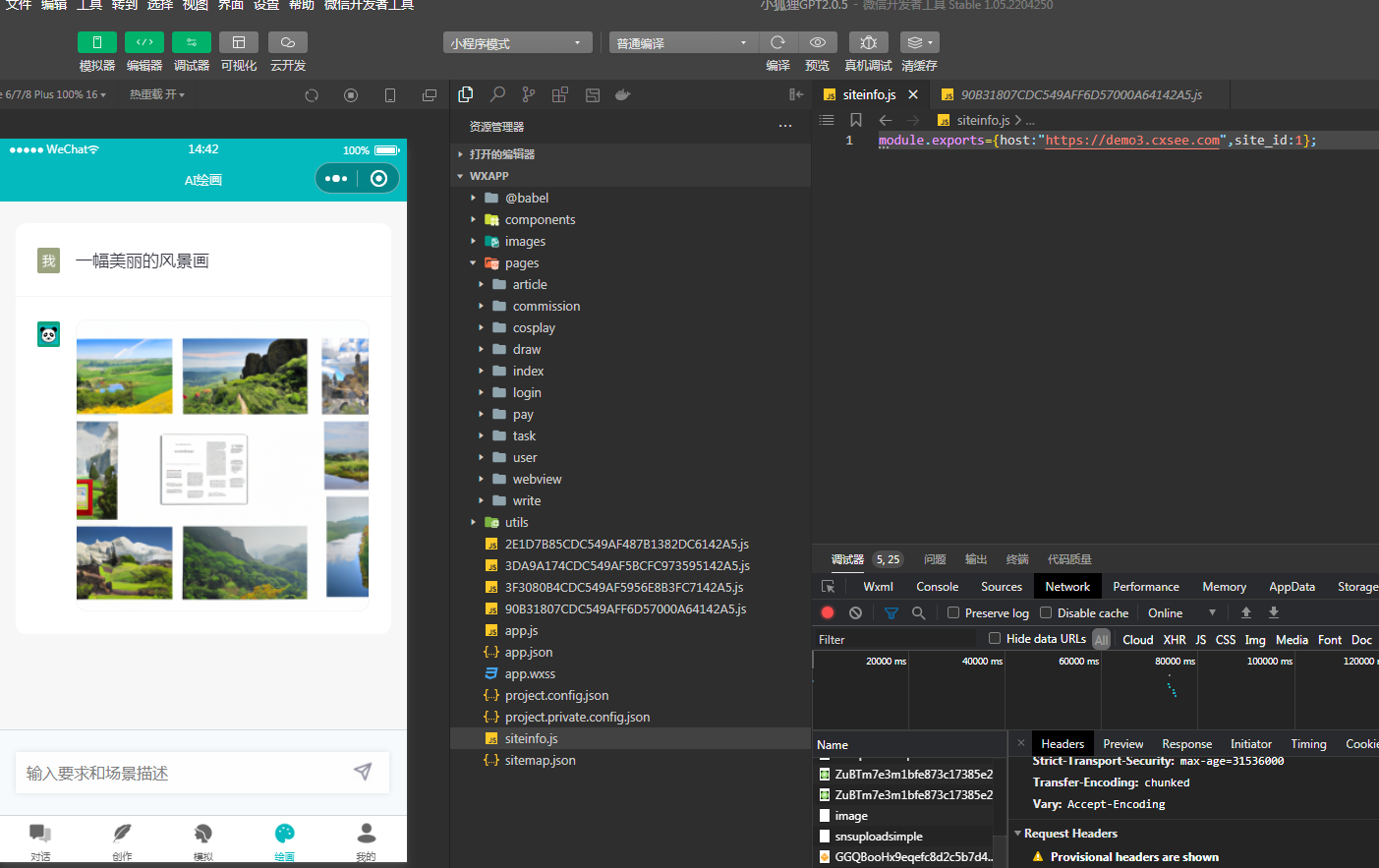
![[golang 微服务] 9.go-micro + gorm实现商品微服务的分页查询](https://img-blog.csdnimg.cn/img_convert/6768f13e831af19415cffe60b96924c7.png)
